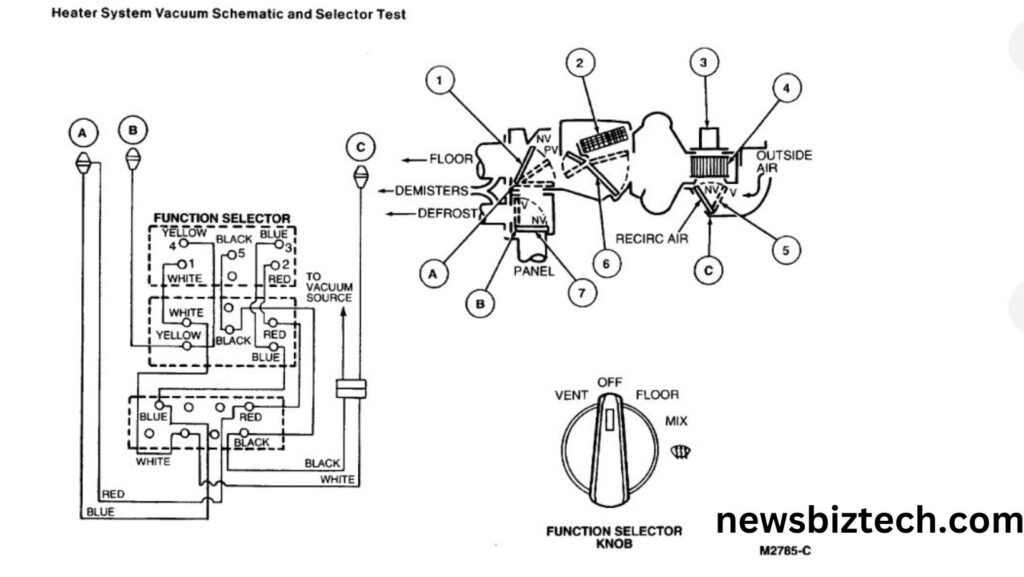The primary source in explaining the process related to the vehicle’s vacuum system, without which the use and performance of the vehicle would not have been achieved is found within an Explorer Sport Trac of 2008 in the vacuum tube diagram. The overall functions carried out by vehicles’ vacuum systems include both the braking mechanism, engaging of the heating and air conditioning system, and emissions management. This is an all-inclusive guide that will thoroughly cover the vacuum tube diagram of a 2008 Explorer Sport Trac, including its elements, operations, and general problems encountered on its vacuum system.
Key Takeaways
- Understanding the vacuum tube diagram is essential for diagnosing issues within the vacuum system of a 2008 Explorer Sport Trac.
- Key components of the vacuum system include the vacuum reservoir, hoses, and actuators.
- Common issues with vacuum systems can lead to performance problems and should be addressed promptly.
- Regular maintenance of the vacuum system can enhance the vehicle’s overall performance and longevity.
Introduction
A vacuum tube diagram for a 2008 Explorer Sport Trac is a very essential tool not only to vehicle owners but to automotive technicians as well since it gives a clear view of what stands in the vacuum system of the vehicle. An understanding of how the vacuum system works can help in diagnosing problems in its performance, making repairs, and generally maintaining the overall efficiency of a vehicle. This article will discuss the details of the vacuum tube diagram, which includes its parts, and its relation to a well-functioning vacuum system of a 2008 Explorer Sport Trac.
Also Read More: vacuum tube diagram for a explorer sport trac 2008
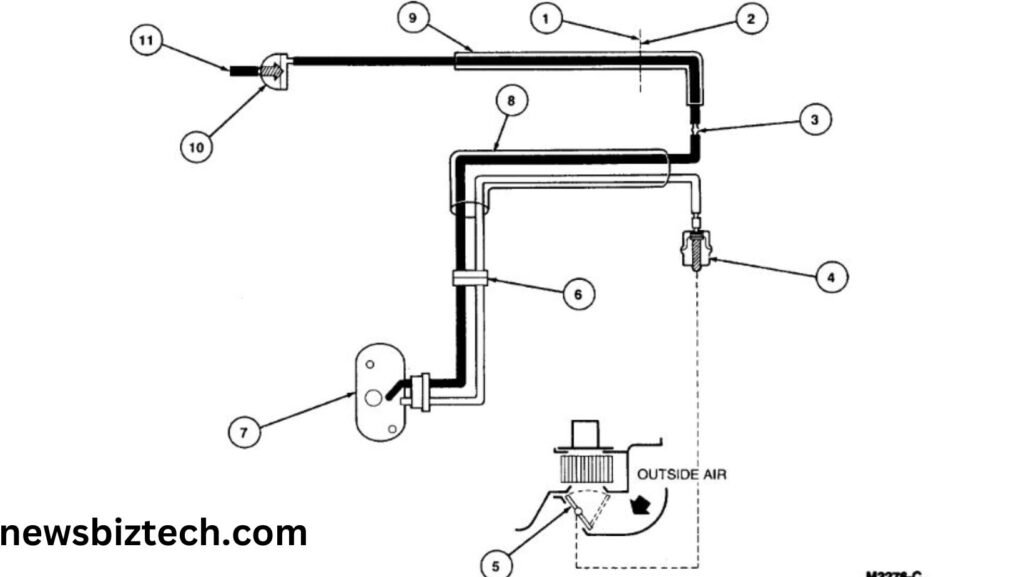
What is a Vacuum Tube Diagram?
An illustration of a vacuum tube diagram shows the routing and connection of vacuum hoses, components, and systems in a vehicle. In regards to a 2008 Explorer Sport Trac, a vacuum tube diagram explains how different parts of the vacuum system work together so as to enable the proper functioning of several functions on a vehicle, such as braking and climate control.
Vacuum System Components on the 2008 Explorer Sport Trac
The system of vacuum installed on the 2008 Explorer Sport Trac comprises several major parts that work in harmony to establish and sustain vacuum pressure.
Vacuum Reservoir
The vacuum reservoir stores the vacuum pressure, and it can release this pressure to assist in most of the activities that involve the use of this pressure, primarily during braking.
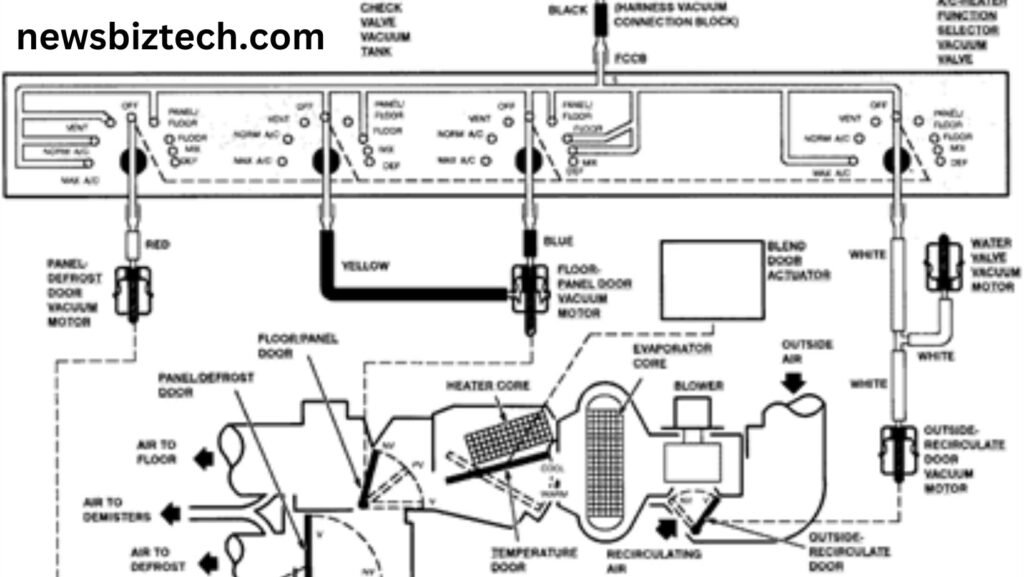
Vacuum Hoses
They connect different parts of the vacuum system so that vacuum pressure can be transferred. Vacuum hoses are made mainly of rubber or plastic, hence prone to degradation.
Actuators
Actuators are those devices that use vacuum pressure in mechanisms to control it, for instance on the HVAC ventilators to open and close the vents. The brake booster also works on vacuum pressure.
Table 1: Vacuum System Components on 2008 Explorer Sport Trac
| Component | Function |
|---|---|
| Vacuum Reservoir | Stores and releases vacuum pressure |
| Vacuum Hoses | Connects components and transfers vacuum |
| Actuators | Controls mechanisms using vacuum pressure |
Interpretation of the Vacuum Tube Diagram of the 2008 Explorer Sport Trac
The vacuum tube diagram of the 2008 Explorer Sport Trac explains the actual routes for vacuum hoses and their connections between the vacuum reservoir, actuators, and other automobile parts. Knowing the diagram facilitates the resolution of problems related to vacuums.
Figure 1: Vacuum Tube Diagram for 2008 Explorer Sport Trac
Note: Put a diagram here to illustrate
Vacuum System Functions
The vacuum system in the 2008 Explorer Sport Trac serves many purposes as follows:
Brake Booster Operation
The brake booster multiplies the force applied to the brake pedal using vacuum pressure. Thus, braking is made easy and more efficient. A faulty brake booster is hazardous to drive on the road.
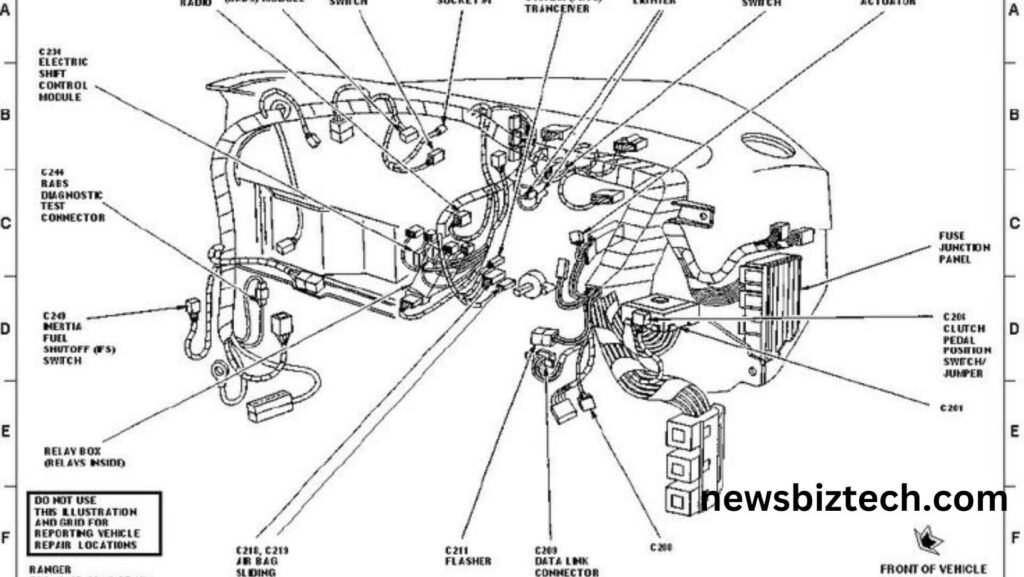
Control of the HVAC System
The operation of the HVAC system takes place through the influence of vacuum pressure, which enables airflow options to be selected, such as defrost, floor, and vent. The vacuum actuators use the vacuums to actuate the doors that regulate air flow.
Emissions Control
The vacuum system, in addition, participates in emission control through the sequence of operation of components like the EGR (exhaust gas recirculation) valve, employed for the reduction of harmful emissions.
General Vacuum System Problems
Despite displacing air effectively, vacuum systems are susceptible to several problems which impact their performance in the long run. Some common vacuum-related problems include;
Vacuum Leak
A vacuum leak is characterized by an unintended gap within the vacuum system that allows air to enter the system; this disturbs the vacuum pressure. Common symptoms of a vacuum leak often include rough idling, poor fuel economy, and also increased emissions.
House Decay
With time, vacuum hoses will embrittle, crack, or break off at their connections, causing leaks and loss of vacuum pressure. Close inspection of hoses frequently catches problems before they get worse.
Actuator Failures
An actuator failure can leave the brake booster or HVAC system without power. A failing brake could cause brakes to fail to respond predictably, or the climate control system to not function properly.
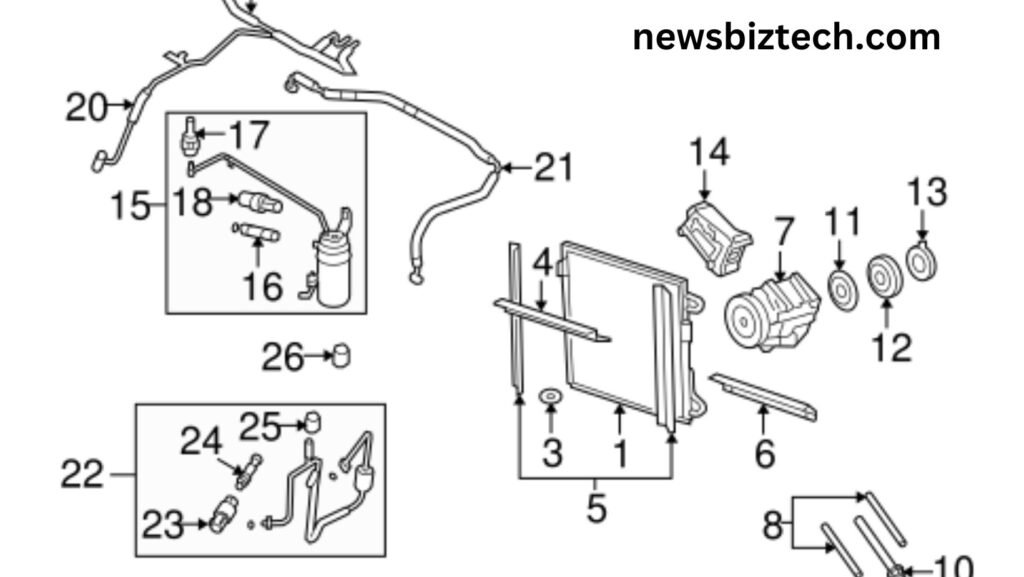
Vacuum System Troubleshooting
Identifying problems in the vacuum system is usually done with a step-to-step procedure.
Visual Inspection
First off, a careful visual inspection on the vacuum hoses should be conducted and on the lookout for wear, cracks, and disconnections. All connections must be tight and clean from debris.
Testing Vacuum Pressure
The vacuum pressure in the system can be tested by the use of a vacuum gauge. Once it is on the gauge, readings will be normal although may differ with the component being tested but usually falls within a particular range.
Use of a Vacuum Gauge
A vacuum gauge may be able to tell you the kind of issues there are by showing how much vacuum exists in the system. Poor readings may indicate leaks or failing parts.
Vacuum System Maintenance Tips
Maintenance of the vacuum system keeps problems at bay and increases the life of the components. The following are some helpful tips:
Regular Checks: Set regular check ups of vacuum hoses and components, so you can spot signs of wear very early.Also Read More: vacuum tube diagram for a explorer sport trac 2008
Replace Worn Hoses Replace any hoses that appear worn out or damaged.
- Check Connections: Inspect all connections to be sure they are tightened correctly. Any vacuum leak could potentially bring performance issues.
- Monitor Performance: Keep an eye on whether your car’s performance will improve or decline – for instance, altered braking or heating/cooling ventilation.
FAQs
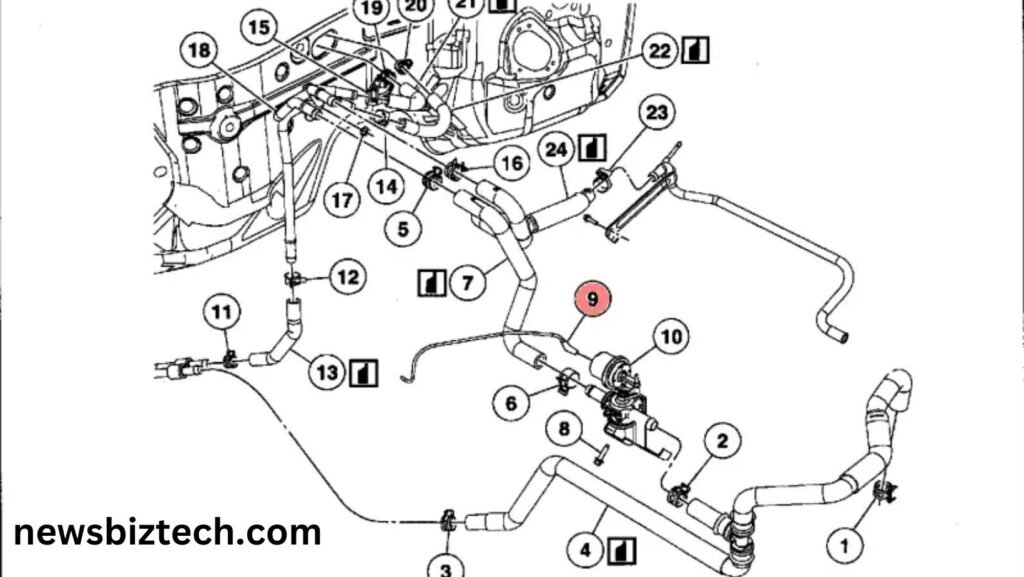
What is a vacuum tube diagram?
A vacuum tube diagram is a graphical illustration of the means by which vacuum hoses and components are routed and connected inside an automobile’s vacuum system.
Why does my 2008 Explorer Sport Trac have a vacuum system?
The vacuum system is crucial to the proper functioning of braking through a brake booster, control of the heating and air conditioning systems, and emission control.
What’s the best way for me to diagnose my vacuum system?
To diagnose problems in a vacuum system requires one to visually inspect, as well as test the vacuum pressure and a vacuum gauge in order to obtain a quantifiable reading.
What are some common vacuum system problems?
Common problems include vacuum leaks, hose deterioration and actuator failure that will all have an effect on the vehicle’s overall performance.
How often do I need to maintain the vacuum system?
Check the vacuum system at least once annually or as needed if there is a problem.
Can I repair vacuum system problems myself?
Minor problems can be corrected at home, while a professional expert should be called for major issues so that the right test and fix can be administered.
Conclusion
A diagram of the 2008 Explorer Sport Trac vacuum tube is a reference that may find an application in maintaining the performance and reliability of the vehicle. This will understand what different components and functions of the vacuum system entail helping in diagnosing and correcting problems as they arise. Generally, keeping a vehicle will keep it running very efficiently for years.

